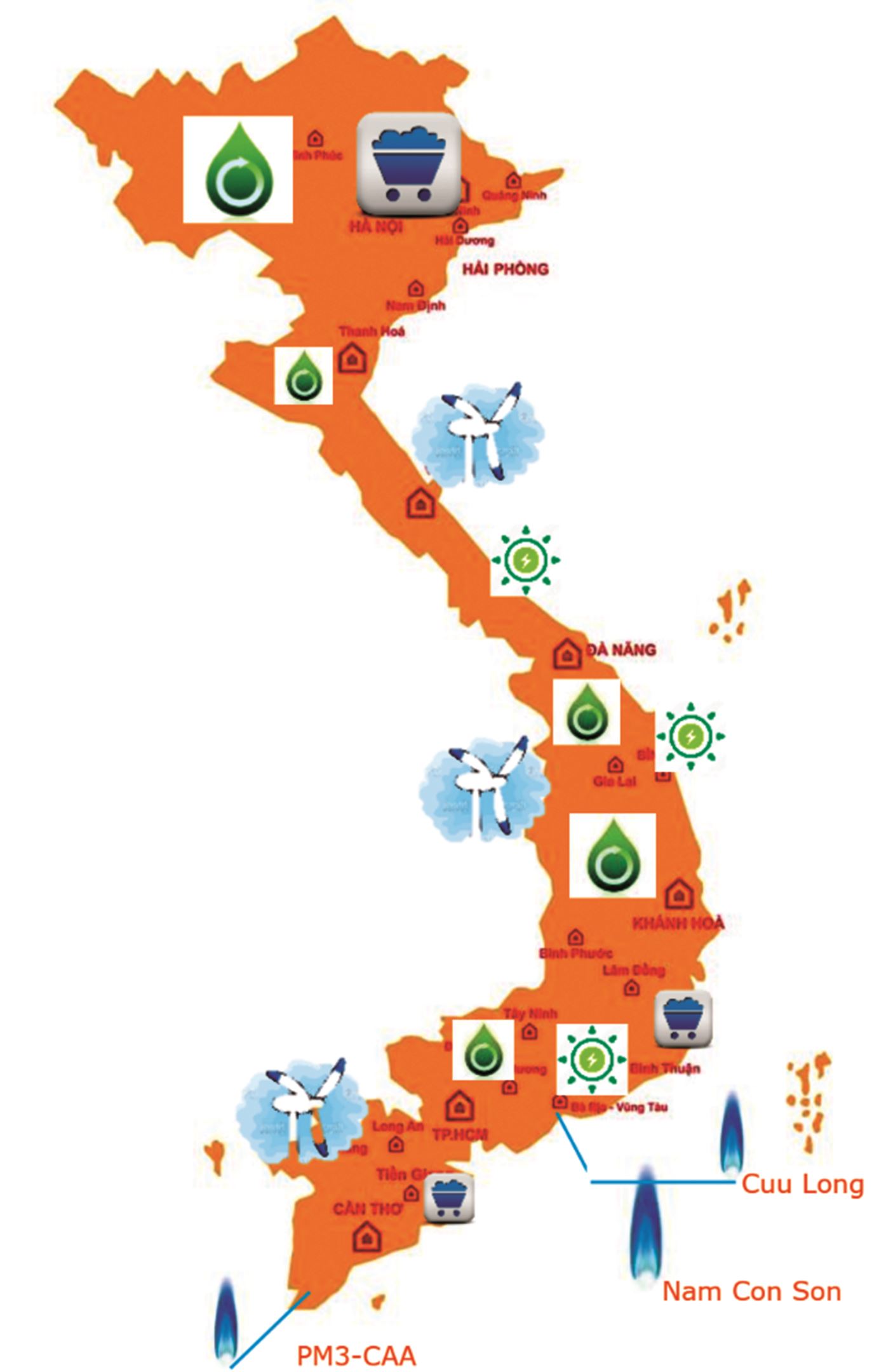Why is it important to reduce power loss?
Power generation on the grid is defined as the amount of energy consumed for the transmission and distribution of power from the power source to the final consumers. In management, power loss is divided into two types: technical and non-technical.
Technical losses are inevitable during the transmission of power from the place of production to the place of consumption, including heat losses on transmission electrical equipment, lines, loss due to corona, etc. Non-technical power grid is a violation in electricity use such as: Stealing power in many forms, due to the manager's subjectivity when the phase is lost, the meter is damaged, incorrect, etc.
The reduction of power consumption is an important issue in the Electricity sector because it contributes to increasing production and business efficiency, saving material and environmental costs as well as the reliability of the power system. These savings can be used to invest in new infrastructure projects to improve system stability and reliability as well as the quality of electrical services. The reduction also indirectly helps to reduce carbon emissions in electricity production, protect the environment and accompany the country on the path to Net zero in line with Vietnam's commitment at COP26.
In addition, the application of advanced technologies to reduce power loss on the power system, such as intelligent measurement and control devices, will greatly assist in the dispatching and operation of the system, helping to increase the stability of the system, contributing to increasing the efficiency and maximal use of energy sources.


Source structure of power system in Vietnam. Source: National Load Dispatch Center
Challenges in reducing power loss on Vietnam's power grid
The results of the electricity sector's reduction in power consumption in recent years are really impressive. Power consumption has decreased significantly from 12.23% in 2003 to 6.25% in 2022, bringing the power consumption rate of Vietnam Electricity close to the technical threshold, on par with many advanced countries in the world. Which solution?
For the transmission grid, clearly seeing the importance of reducing power loss, EVNNPT has assigned Power Transmission Company 1 to implement the Project “Consultation on calculation and assessment of power loss in transmission grid in the period of 2019-2023”. The project, prepared by Power Engineering Consulting Joint Stock Company 2 (PECC2) in collaboration with the Russian consulting unit RTSoft, has completed the following main contents:
- Analysis and assessment of power generation in the period of 2014-2018 and calculation of power loss in Vietnam's transmission grid in the period of 2019-2023.
- Assessment of effects on power transmission grid: Methods of mobilizing power sources, the progress of upgrading and new construction projects in the transmission grid, prolonged breakdowns, overloading, power transmission and voltage fluctuations, power outages for construction, repair, and maintenance of the power grid.
- Compare and evaluate the level of power loss on the Vietnamese transmission network with the ones of other countries: The power transmission grid of Vietnam (2.54% in 2022) belongs to the group of average losses among countries with advanced power transmission systems. Compared with the same group of losses from 2 to 3%, there are TransGrid (Australia), RTE (France), PSESA (Poland), Elia 50 Hertz (Germany), KEPCO (Korea), Transelectrica (Romania), TEIAS (Türkiye) and SK (Sweden); much lower than some countries in the region such as EGAT (Thailand) - 3.19%, PLN (Indonesia) - 6.3%.
- On the basis of the results of calculation and analysis, the Project proposes 5 solutions to reduce power loss on the transmission network, including:
(i) Reactive power compensation.
(ii) Optimizing the capacity trend.
(iii) Distributed source.
(iv) Ensure the progress of power grid works.
(v) Other solutions: In addition to the above-mentioned solutions, with a highly specific power system like Vietnam, reducing power loss requires the synchronous implementation of many specific solutions such as Operation management, equipment maintenance and repair, application of science and technology, and so on.
As for the distribution power grid, according to EVN's statistics in 2022, PLR is mainly concentrated in the medium and low-voltage levels, where there is a large volume of power grids and it is difficult to manage non-technical losses. Therefore, in order to effectively reduce power loss, Power Corporations are required to continue investing in and upgrading the power grid system, especially in areas where the power grid is degraded, with a high rate of power loss.
At the same time, it is necessary to continue to implement and further promote energy-efficiency activities and programs, contributing to raising awareness and self-discipline in all activities of society and people in economical and efficient use of energy; promote and encourage the replacement of outdated and low-efficiency electrical equipment with new and high-efficiency technologies, in order to improve the efficiency of electricity use in each household, etc. In addition, it is required to strengthen inspection, review and thoroughly handle acts of electricity sabotage and theft.
Conclusion
The reduction of power consumption has made great significance for the electricity sector, helping to improve production efficiency, save investment costs, reduce costs for consumers, indirectly help reduce carbon emissions in power generation, protect the environment, and accompany the country on the path to NetZero in line with Vietnam's commitment at COP26. In order to concretize the goal of reducing power consumption, the Electricity sector has proposed and implemented many solutions to improve the grid system, optimize the operation of the power system, save power, etc., and has actually yielded many positive results. However, there are still great difficulties and challenges that the Electricity sector has to face in reducing power loss both in technical and non-technical aspects. So, it is very necessary for the cooperation of the social community in the safe, economical, and efficient use of electricity.